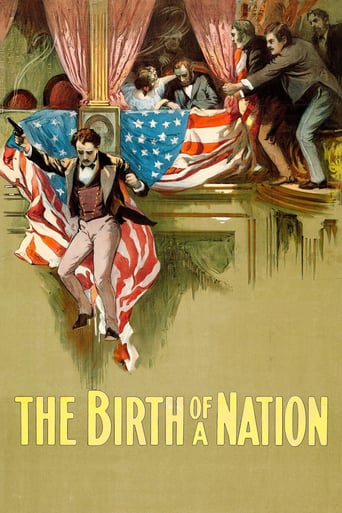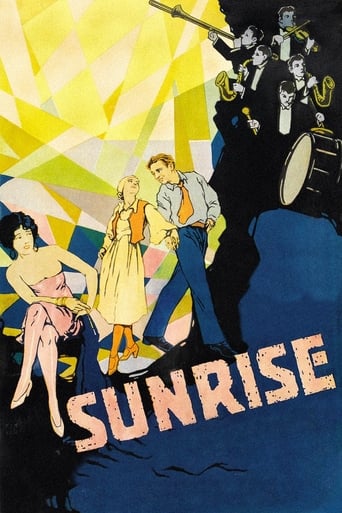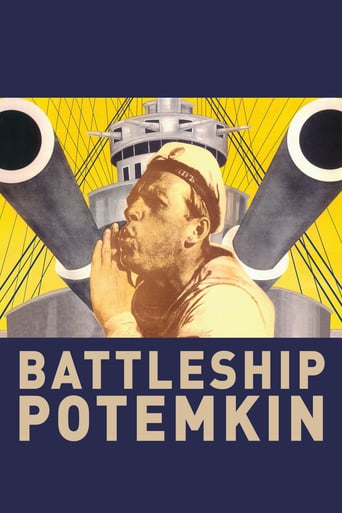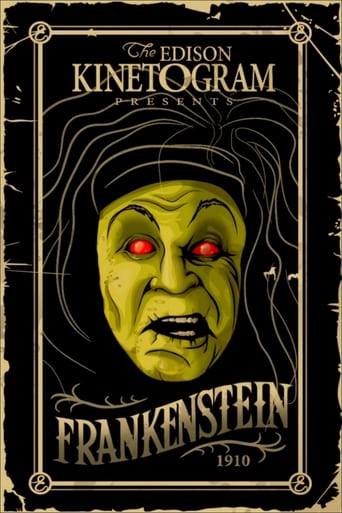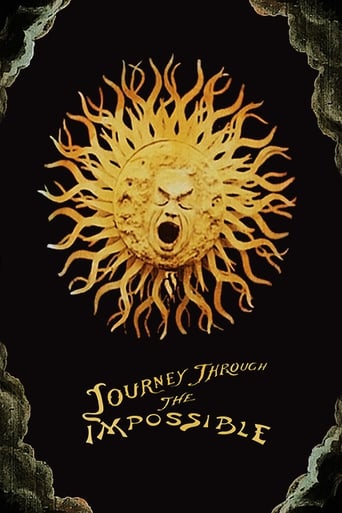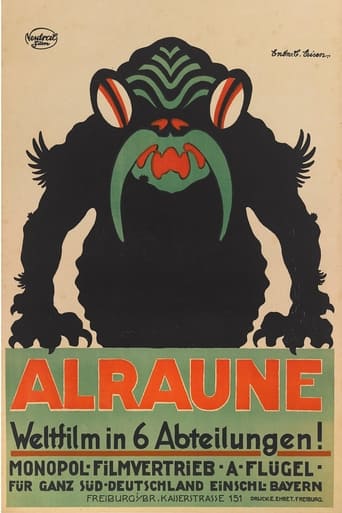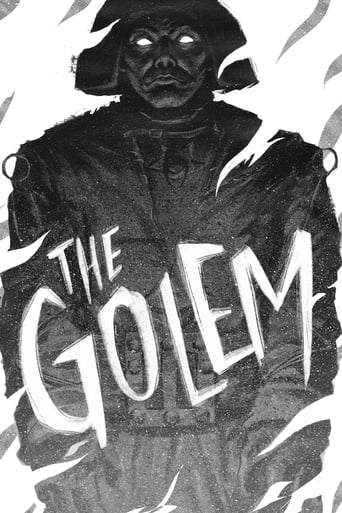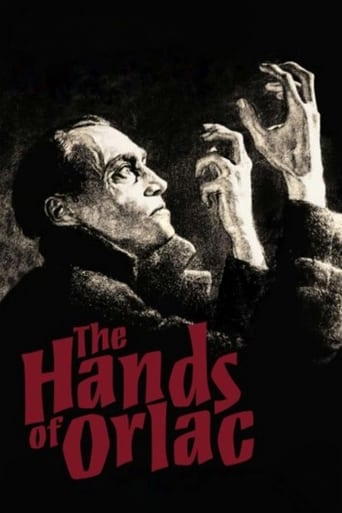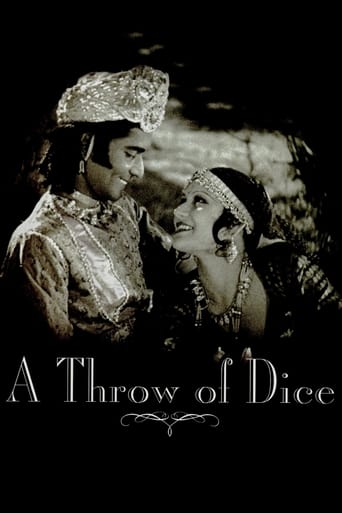
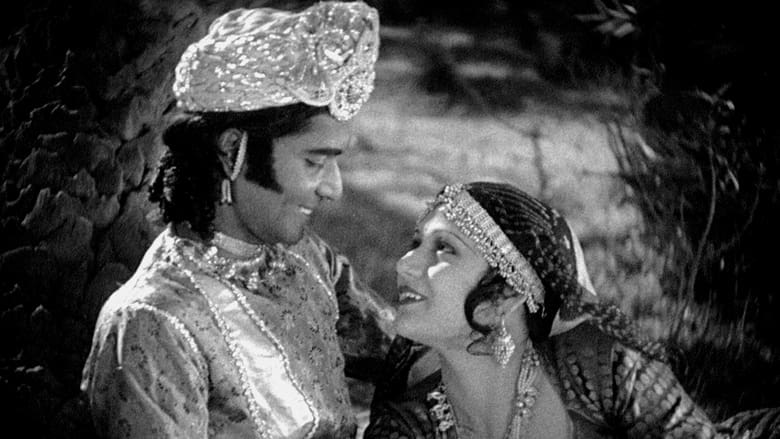
A Throw of Dice (1929)
Two neighboring kings addicted to gambling, Ranjit and his cousin Sohat, vie for the same beautiful young woman, Sunita, daughter of the hermit Kanwa.
Watch Trailer
Cast


Similar titles
Reviews
Prapancha Pash (Throw of the Dice) (1929) ** (out of 4)Royal cousins King Sohat (Himansu Rai) and King Ranjit (Charu Roy) share a love of gambling but soon the two fall in love with the same woman (Seeta Devi) and eventually place a bet, which will determine which one she goes with. This British/Indian/German production has some terrific things in it but in the end the story and characters just left me way too cold to fully enjoy the picture. I'll start with the positive things and you have to mention the downright beautiful cinematography. I was really shocked to see how marvelous this film looked as it appears each shot took hours to make sure everything was correct so that they could get all the details on the frame. Another major plus is the wildlife scenes at the start of the movie as we get to see various creatures in their habitat. The costume design is also marvelous and it really makes you seem as if you're right in India during the particular time that this film takes place. Yet another major plus are the locations. You can't help but look at this film with your eyes wide open as the locations just jump off the screen and that beautiful black and white print is really, really sharp. Every single frame of this film is beautiful to look at but sadly the story is really lacking. The basic plot has one of the cousins being an evil, no good SOB but you have to wonder how so many people could be stupid to what he's doing. I could understand one, two or maybe even three people falling for this bad idea of his but for everyone to do so? Another problem I had is that I didn't care for either cousin so it was hard to root against the bad one and cheer for the good one. I also didn't care too much for the woman they were in love with so that was yet another problem. I must admit that I didn't care for anything in this film story wise and I thought it really dragged down everything else that the film has going for it.
Re-titled a "Throw of the Dice" (and appropriately subtitled "A Romance of India") for American consumption, this late-term silent film was doomed to failure as it did not feature Greta Garbo or Charlie Chaplin in the non-speaking roles. But, its dreamy production values and international flavor played well in theaters not equipped for sound, and audiences in India were understandably receptive. The story begins in the Indian jungle, where pretty Seta Devi (as Sunita) has been secreted by a hermitic father.You will immediately see that hiding the fetchingly-attired Ms. Devi from society isn't going to last because the area also serves as tiger hunting grounds for two ruling cousins - "Good King" Charu Roy (as Ranjit) and "Bad King" Himansu Rai (as Sohat).In the opening hunt, the latter shoots the former "accidentally on purpose" with an arrow. The former unexpectedly recovers, due to the tender loving care provided by Devi. So, if he is to steal nubile young woman from Mr. Roy, Mr. Rai must take more drastic measures, which he does. The cousins' mutual affection for gambling advances the plot to predictable results. Irony exists in the line, "I know from your horoscope that gambling will bring you unhappiness." The film's main strengths are its beautiful locations, sets, and costumes. All of this will probably bore you, if you're not familiar with silent films.***** Prapancha Pash (8/16/29) Franz Osten ~ Seta Devi, Charu Roy, Himansu Rai, Modhu Bose
Kings Ranjit and Sohan may well be cousins who share a love of gambling but, unbeknownst to Ranjit, Sohan plots to kill him and make his kingdom his own. Sohan's plot fails though and Ranjit is only wounded during his hunting "accident" and is saved by a local healer. While staying in this village, Ranjit meets the beautiful Sunita and decides to make her his wife. Her father refuses due to Ranjit's famed gambling habit but when Sohan gets wind of the lovers' planned elopement, he comes up with another evil plot.Unlike the consistently thorough IMDb reviewer "Igenlode Wordsmith", I was not fortunate enough to see the BFI dust this film off in Trafalgar Square with a live orchestra earlier this year. Instead I had to catch it on channel 4 (screened at an absurdly late hour) but the reason for the showing was the same the re-scoring of the original film by composer Nitin Sawhney. I don't mean to ignore this aspect of the film but I also don't want to fixate on it and ignore the film as a whole. Before watching it, it is important to accept that this is a silent film from India almost eighty years old, and perhaps put aside your modern eyes to some degree complaining about a lack of dialogue may say more about the reviewer than the film! However you should expect the standards of the silent era and of a film this age and not be complaining because the film is actually an impressive piece of silent cinema. The story is a strong story of love, betrayal and murder. When you can describe characters as "evil king" and "bad king" you won't be surprised to learn that this is not the most subtle of character films but this approach suits the medium as one does need to overstate things when doing it without the benefit of sound. I was held by it for the 80-odd minute running time itself an impressive fact considering it was made in the twenties.Continuing the theme of scale, IMDb's trivia footnote tells me this film had 10,000 extras, 1000 horses and 50 elephants I wouldn't have guessed those figures but there is no doubt that the film is impressive in regards the scale of the production. The sets and shots are impressive in their sheer size; this is not a film shot on cheap sets but one that wears the majesty of its characters in all the detail. Osten directs very well, managing these shots but also bringing off intimate character moments as well as some technically clever stuff as well (the reflection in the water shot was my favourite). He also brings the best out of his cast although again you need to appreciate that this is a silent film and that the acting style demanded is different. Roy is the hero of the piece and he performs this task well, even if he is a tad dull with it. Likewise Devi makes for a very attractive heroine who works her chemistry with the hero as well as she does her lack of chemistry with the villain, however it is Rai's film to be had. He play the villain and he gets to do so with a wonderfully melodramatic performance that plays up so the audience can see he is being sneaky, plotting etc. In a modern film we would call him cheesy but here it is just what was required and his performance is a delight, adding energy to the film.Finally, given that it is the reason for the recent showing, it would be impolite not to mention Sawhney's score indeed it would be foolish because it is excellent. It manages to be modern and old fashioned at the same time but most importantly, it perfectly matches the tone of the film as it plays. This means that the drama is lifted, the humour is played out a little and the involvement and attitude of the audience is guided by the music and I cannot think of what more I would want from a score. Will I be putting it on my pod for casual listening? Well no, but within the film it is perfect and I am jealous of the people who saw it with London Symphony Orchestra in the open air.Overall then a quite impressive silent film in terms of scale and delivery, the addition of a great new score only serves to make it better.
I suspect the number of (living) people who have seen this Indian silent picture may have gone up a hundred-fold in the course of the last few hours: London's Trafalgar Square was packed to capacity with what we were told was a 10,000-strong crowd, all present to see a free open-air screening accompanied by the London Symphony Orchestra in the premiere of Nitin Sawhney's new score for the film. The turn-out was nothing short of incredible for any silent film, let alone for such an obscurity, and the event was clearly a wild success.As for the film itself, it's a highly-coloured epic based on a classic Indian tale, and reminiscent of the works of the brothers Grimm or the stories of Scherezade. There is trickery and romance, rival princes, a wise hermit, a beautiful daughter unfamiliar with the outside world, palaces and jewels, henchmen and loyal followers, kidnapping, disguises and an army on the march. There is even the apocryphal cast of thousands -- with elephants! The new score is well done, and is in a sufficiently 'Western' style to be accessible to a European audience while containing an Indian flavour in the solo voices and instruments: the LSO performance was admirable, and was in fact the best live orchestral synchronisation I've yet heard. The actors are both good-looking (where appropriate) and talented, and there is some impressive wildlife footage at the beginning and sophisticated editing at the end.What I didn't get, to be honest, was any sense of emotional depth: this is a simplistic moral or fairy-tale style story with a great deal of plot and little space for characterisation. It's all on the surface, and a very attractive surface it is too; but that's all there is. The film is entertaining and technically excellent, with lavish production values thrown into the bargain. It never got me involved on any more intense level, though.


